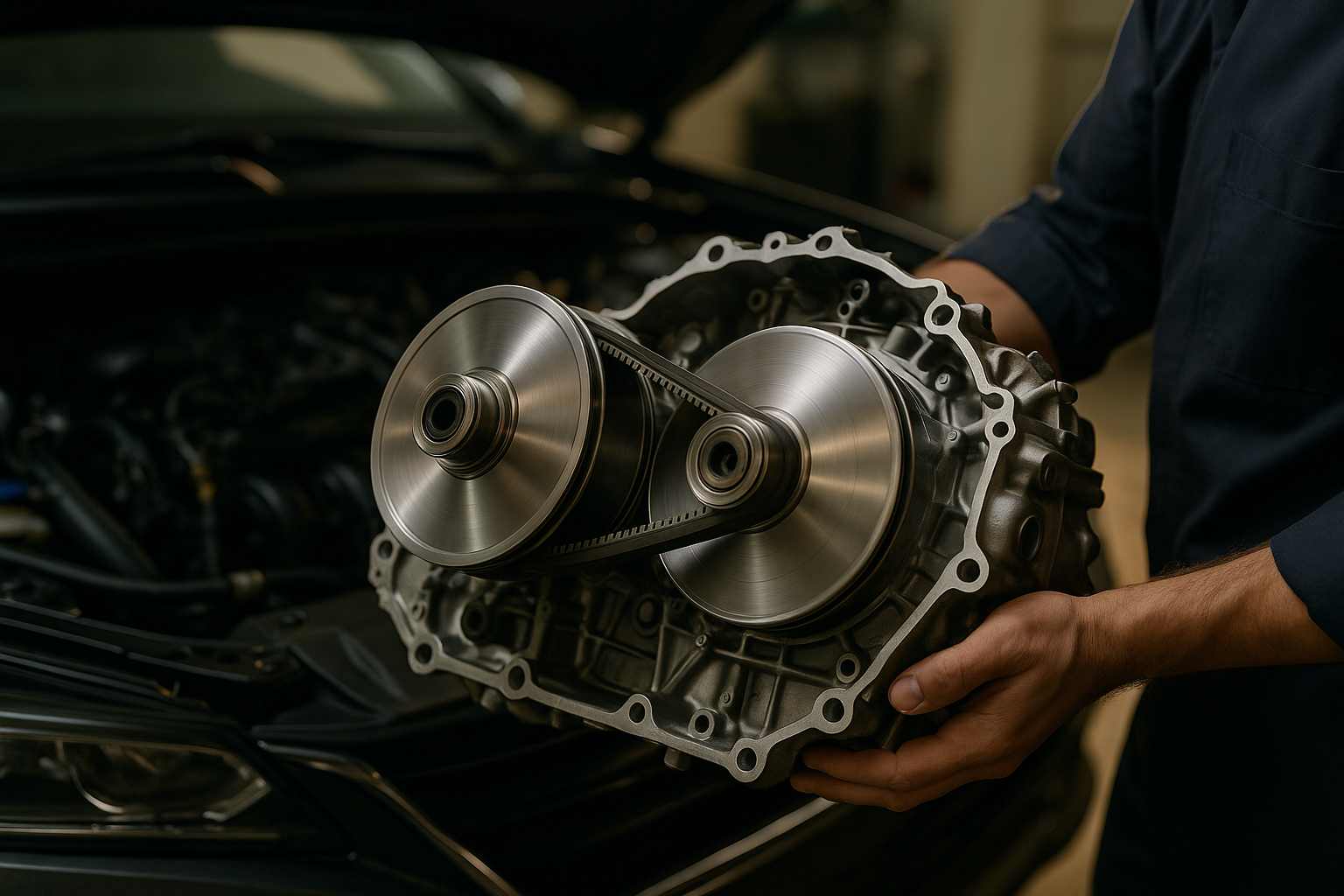Safe checks for leaks, hoses and water inlet issues
A straightforward safety-focused checklist helps identify common causes of washing machine water problems before calling a technician. This article explains how to inspect for leaks, assess hoses and clamps, test the water inlet and related safety elements, and perform basic diagnostics that reduce risk and guide repairs. Practical steps cover drainage, spin and vibration symptoms, motor and belt observations, and routine maintenance tips to keep an appliance operating safely.

How to spot a leak and check seals
Visible dripping or pooled water is the clearest sign of a leak, but not all leaks are obvious. Start by running a short, empty rinse cycle while watching the base and perimeter for slow weeps. Inspect door and tub seals for cracks, hardening, or gaps that let water escape; seals that look compressed or stained should be flagged. Also check detergent dispensers, hose connections at the back, and the base pan beneath the machine where small leaks collect. Use a flashlight and paper towels to trace damp areas, and never operate an appliance with active leaking that affects electrical components — disconnect power first for safety.
Inspecting hoses and connections
Hoses are common failure points. Examine inlet hoses and the drain hose for bulges, splits, abrasions, or soft spots, and check hose clamps or threaded fittings for corrosion or looseness. Replace rubber hoses every 5–7 years or sooner if age or damage is visible; braided stainless-steel hoses offer different durability characteristics but still require inspection. When checking connections, turn off the water supply valves before loosening any fittings. Tighten fittings hand‑tight plus a quarter turn if needed, and avoid overtightening plastic fittings. After reattaching, run a brief fill cycle to confirm there are no leaks at the joints.
Diagnosing water inlet valve and firmware safety notes
If the washer won’t fill, fills slowly, or overfills, the water inlet valve can be the culprit. Listen for the solenoid click when the cycle requests water; no sound or no flow on a known-good hose suggests valve or supply issues. Modern machines may have firmware-based error codes indicating inlet faults — consult the owner’s manual or the control panel display for diagnostics. For safety, always disconnect power and shut off water before testing or replacing inlet valves. When in doubt about electronics or firmware errors, consider a qualified technician, since live electrical checks can be hazardous.
Drainage, spin, and vibration checks
Poor drainage often mimics leaks: standing water or slow empties may be caused by a clogged filter, kinked drain hose, or obstructed pump. Inspect and clean the pump filter and ensure the drain hose routing follows manufacturer height recommendations to prevent siphoning. Spin and vibration issues can indicate load imbalance, suspension wear, or worn shock absorbers. Excessive vibration during spin may loosen hose connections or stress seals, increasing leak risk. Balance loads and test with a small, even load; if vibration persists, inspect suspension springs or dampers and replace worn parts to protect seals and hoses.
Motor, belt, and diagnostics for performance
When the washer fails to agitate, spin, or shows unusual noises, check the belt (on belt-driven models), motor brushes, and motor mounts. A slipping or frayed belt can reduce spin speed, causing poor drainage and soggy laundry. Motor bearings that are worn may leak grease and lead to smell, noise, and eventual failure. Use basic diagnostics such as noting whether the drum turns freely by hand when power is off; resistance or grinding suggests internal mechanical issues. If electrical diagnostics are needed (capacitors, motor windings), defer to trained technicians unless you have the proper tools and experience.
Routine maintenance, safety and local services
Regular maintenance reduces unexpected failures. Periodically clean detergent drawers, run a maintenance wash to clear residue, check hoses and clamps, and verify that seals remain flexible. Keep the area around the appliance dry and level to avoid undue strain on hoses and seals. For tasks beyond simple inspections — or whenever wiring, motor, or control board access is required — look for licensed local services in your area that list appliance diagnostics, drainage repairs, and motor work. Provide clear symptom descriptions (leak location, when it occurs, noise patterns) to help technicians prepare parts and ensure efficient service.
Conclusion
Careful visual inspections, basic diagnostics, and routine upkeep can prevent many common washing machine issues related to leaks, hoses, and the water inlet. Prioritize safety by disconnecting power and water before hands‑on checks, and seek qualified service for electrical or internal mechanical faults. Regular attention to seals, hoses, clamps, and drainage behavior helps maintain appliance reliability and reduces the risk of water damage or costly repairs.






